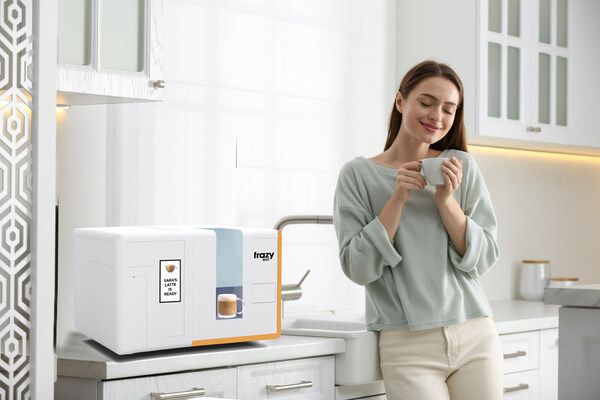Late last week, LG Electronics announced it had acquired a majority stake in Bear Robotics, increasing its ownership of the San Francisco-based startup from 21% to 51%. According to South Korean newspaper The Dong-A Ilbo, LG initially acquired its 21% stake in early 2024 for $60 million. The company values its latest stake at $180 million, giving Bear Robotics an overall valuation of $600 million.
While a 60%-of-a-billion-dollar valuation might not compare to the staggering figures often associated with AI startups—though recent events, such as China’s DeepThink’s troubles, may prompt reevaluations—it’s a really good valuation for a food tech company, especially in the challenging food robotics sector.
Where Are All The Unicorns?
Anyone who’s been following The Spoon (we were the first publication to write about Bear Robotics in early 2018) knows food robotics startups have had a tough go of it the last few years. High-profile flameouts like Zume have dominated headlines, while quieter exits, such as Mezli and Vebu, have underscored how challenging this is.
Vebu, formerly Wavemaker Labs, played a pivotal role in launching Miso Robotics, creator of the Flippy burger bot, along with other food robotics concepts like Piestro and Bobacino. However, by the time Serve Robotics acquired Vebu Labs last fall, its only notable product in the portfolio was the Autocado, an avocado-coring robot adopted by Chipotle.
Bear Robotics, however, has achieved steady traction in the restaurant and food service industry. This success, combined with LG’s strategic plans to develop a service robot platform for commercial and home applications, has driven its higher valuation. As The Dong-A Ilbo reported, LG plans to create an integrated solution platform that “encompasses commercial, industrial, and home robots” using Bear Robotics’ software to manage various robot products through a unified system.
Service Robots Over Food-Making Robots
What Bear doesn’t provide LG with is an actual food-making robot; instead, it offers a fairly open platform for service robotics in restaurants and other hospitality spaces. At this point, it’s still unclear whether there will be the same level of interest in food-making robots. Some players, like Picnic and Miso, continue to make progress, but they face significant competition for what is undoubtedly a limited number of big quick-service and fast-casual chains that have yet to acquire their own solutions.
Could Serve and Starship be next?
As major tech companies and consumer brands increasingly view robotics as critical to their future strategies—in what Nvidia’s CEO has called “physical AI”—it’s likely that we’ll see more acquisitions in the service and delivery robotics space. Companies with limited proprietary IP (and my sense is LG didn’t have much here) may be particularly desperate to snap up firms similar to Bear that have been around enough to create a foundation of discernable IP and a varied set of products and build a customer base.
Potential acquisition candidates include Serve Robotics, known for its sidewalk delivery robots, and Starship Technologies, a leader in autonomous delivery systems. Both companies have gained traction but operate in an environment where consolidation is becoming inevitable.

























